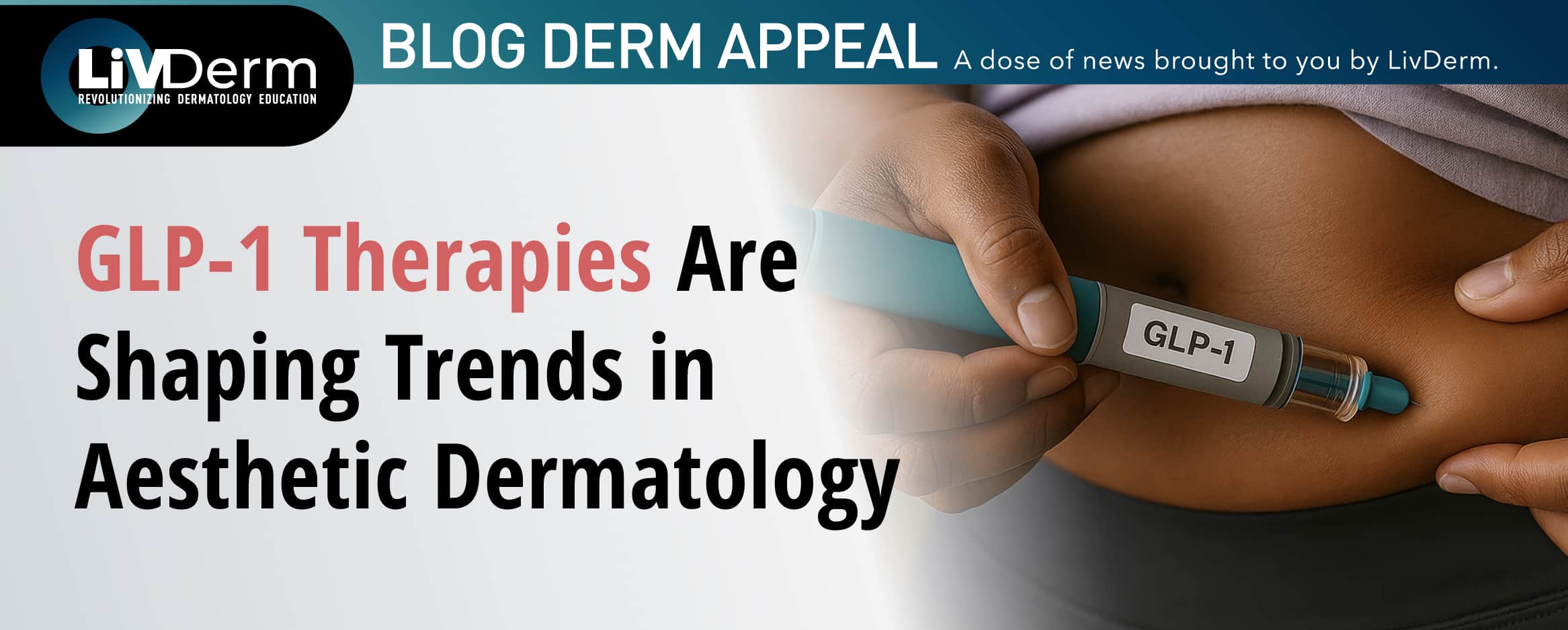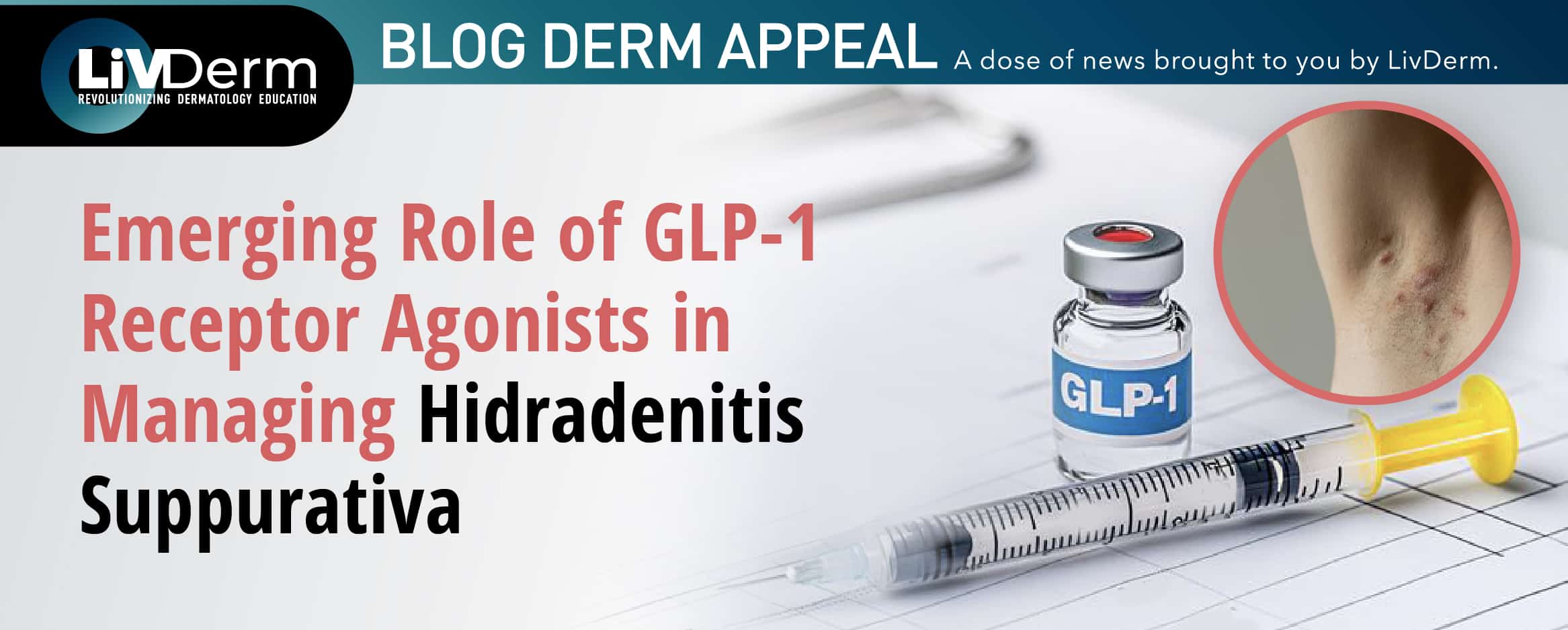The rise of GLP-1 receptor agonists has transformed not only metabolic care but also the aesthetic dermatology landscape. While these medications were initially embraced for diabetes management and weight reduction, their widespread adoption is now influencing patient expectations and procedural trends in dermatologic practice. For dermatologists, understanding this evolving dynamic is critical for aligning clinical offerings with patient needs while maintaining high standards of care.
The Intersection of Metabolic Therapy and Aesthetic Outcomes
GLP-1 receptor agonists are increasingly prescribed for patients seeking weight management beyond traditional lifestyle interventions. Clinical data confirm that these agents promote significant fat loss, which often manifests in facial and body contour changes. While these effects can be positive from a health perspective, dermatologists are noting downstream aesthetic implications. Patients are arriving in clinics seeking procedures to address volume loss, skin laxity, or contour refinement resulting from rapid weight changes.
For dermatologists, this creates a new patient demographic—individuals who may not have previously considered aesthetic procedures but are now motivated by changes associated with GLP-1 therapy. Understanding the physiologic basis of these transformations, particularly the reduction in subcutaneous fat and the skin’s elastic response, is crucial for tailoring interventions and managing expectations.
Procedural Considerations for GLP-1 Patients
Current observations indicate that patients on GLP-1 therapy are increasingly requesting minimally invasive procedures such as dermal fillers, neuromodulators, and skin tightening treatments. Clinicians should consider the interplay between medication-induced fat reduction and the timing of interventions.
Gradual, staged treatments may be preferable to achieve natural results, particularly in areas of facial volume loss. Integrating patient history, including duration of GLP-1 therapy, weight loss trajectory, and nutritional status, enhances procedural planning and outcome predictability.
Moreover, dermatologists should be prepared to counsel patients on the broader skin health implications of rapid weight loss, including potential changes in hydration, texture, and elasticity. Leveraging noninvasive assessment tools, such as imaging or skin quality analyses, may help monitor changes over time and guide individualized treatment strategies.
Implications for Practice Strategy
The emergence of GLP-1-driven patient interest in aesthetic procedures presents both clinical and business opportunities. Clinics that proactively incorporate education on medication-related body changes can differentiate themselves as comprehensive providers, bridging metabolic and dermatologic care. Collaboration with primary care providers or endocrinologists may also optimize outcomes, ensuring that aesthetic interventions complement the patient’s overall health plan.
From a broader perspective, these trends highlight the need for dermatology practices to remain agile. As novel therapeutics continue to influence body composition and skin quality, clinicians who adapt their procedural offerings and patient counseling accordingly will be better positioned to meet evolving patient expectations and expand their service portfolio.
Conclusion
GLP-1 receptor agonists are redefining patient demand in aesthetic dermatology. Beyond their metabolic benefits, these therapies are shaping how and when patients seek dermatologic interventions.
By understanding the physiologic changes induced by GLP-1 therapy and integrating this knowledge into clinical practice, dermatologists can enhance patient outcomes, strengthen procedural planning, and anticipate emerging trends in aesthetic care.















